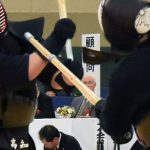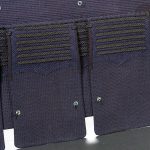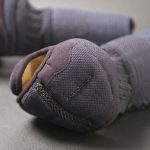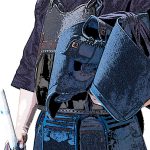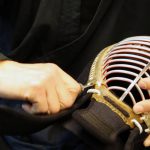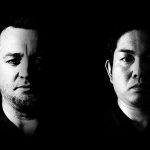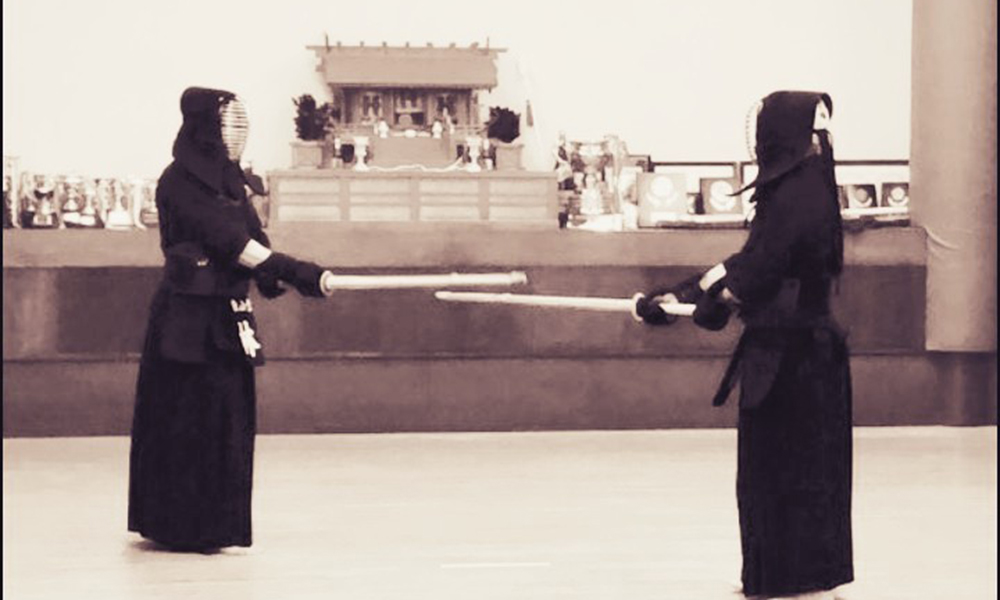
Evaluating budo equipment can be very difficult, especially as a newcomer to martial arts. We thought who better to ask than our resident kyoshi 7-dan Hayashi Sensei: he not only has a great understanding of his chosen art (kendo), but he also actively works in product development. Let’s take a look at what he has to say.
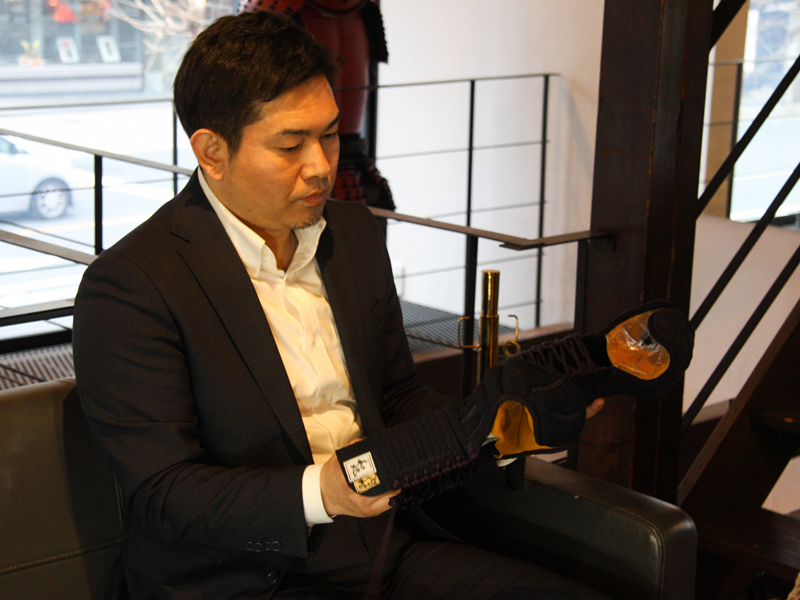
In the last edition you taught us a lot about kendo, but this time we want to ask you more about kendo equipment. In order to ensure greater protection with kendo equipment, you are trying to promote the use of the IBB Safety-guard. To demonstrate this, you were struck by tsuki so many times! The video was very frightening, but how was the actual take?
In order to ensure greater protection against strikes, a product called the ISG has been developed. I had a take so many strikes to demonstrate its effectiveness, and it was actually quite tough. If possible, I wish to not go through that again! But, while I teach kendo, I am also involved in the development and sales of kendo equipment. In order to sell it to customers, it needs to be something that I am satisfied with myself. So, in that sense, it was good that I was able to show the effectiveness of ISG.

Not only in Kendo but in all martial arts and sports safety is hugely important, but how do you feel about kendo’s protective equipment of late?
Compared to more than 10 years ago, it has become a lot softer and lighter. In terms of mobility, the current equipment is excellent. But in order to make them lighter, I feel that the shock absorption, which must be a quality of protective equipment, is being sacrificed. The cushion part of both the men and the kote has become shorter, but that means the area of protection has become smaller.
Because of the cost, more and more kendo equipment are being made overseas. How do you feel about kendo equipment made outside of Japan?
When you think of the cost, the place of production is an important factor, but it is more important that we ensure the producers are trained technically to the required standard. At Tozando, where I am based, we have technicians, sales staff, and quality inspectors check that the products are at the proper standard, including safety standards. Random checks are performed as well. But some companies have products made overseas sold without undergoing inspections. This means equipment that are not up to the Japanese safety standards are out on the market.
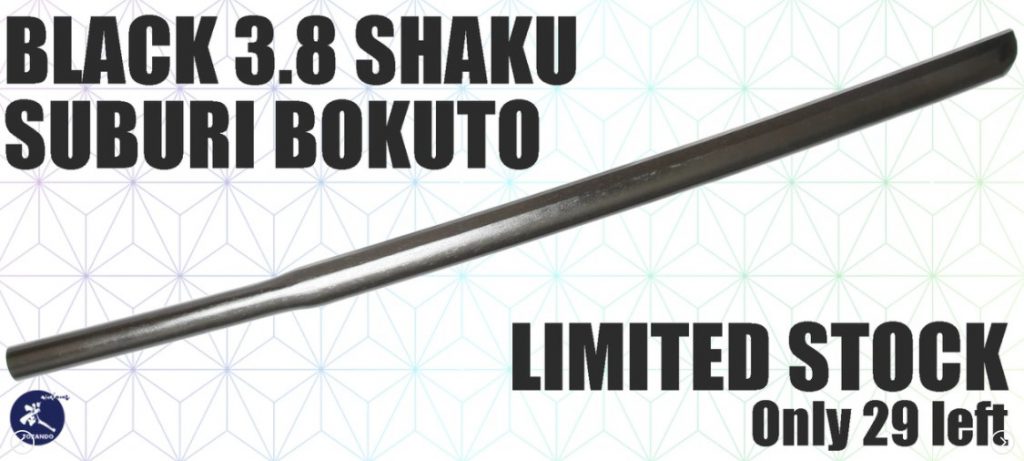
You are energetically involved in product development at Tozando, but in reality, there are copies being sold too. What do you think about that?
I have been involved in many kinds of product development, but products that are accepted by the Patent Office for their function and effectiveness are sold on the market as patent products. But the copies ignore the function and effectiveness, and only copy the appearance. The kote we have here, for example, were made by us as we spent a lot of time, energy, and money to get their shock absorption qualities accepted by the Patent Office, and they have been passed as a patentable product. Their appearance are simply a result as we worked towards our desired function. But the copies are only based on the appearance, so you cannot trust their quality. When I wore a copy and took the shinai strikes, it really hurt. Of course, the copies are cheap, but you do not gain anything from it. You get what you pay for.
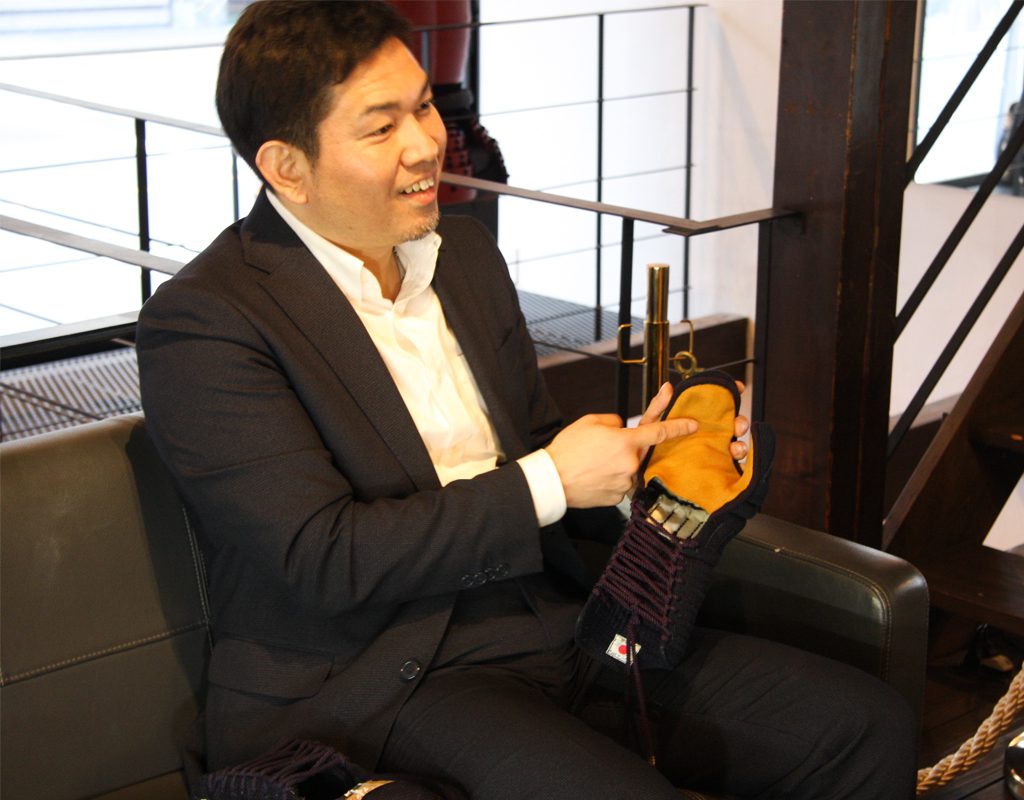
What kind of kendo equipment should we avoid buying?
Rather than that, I think it’s important to know where you buy your equipment from. Companies that have a kendo equipment specialist maker is able to tell you the advantages and disadvantages of the products, and make good products accordingly. But the best way is for you to learn how to tell good products from bad ones. If you see and touch and use kendo equipment that are made properly, you will learn to tell good ones from bad ones.
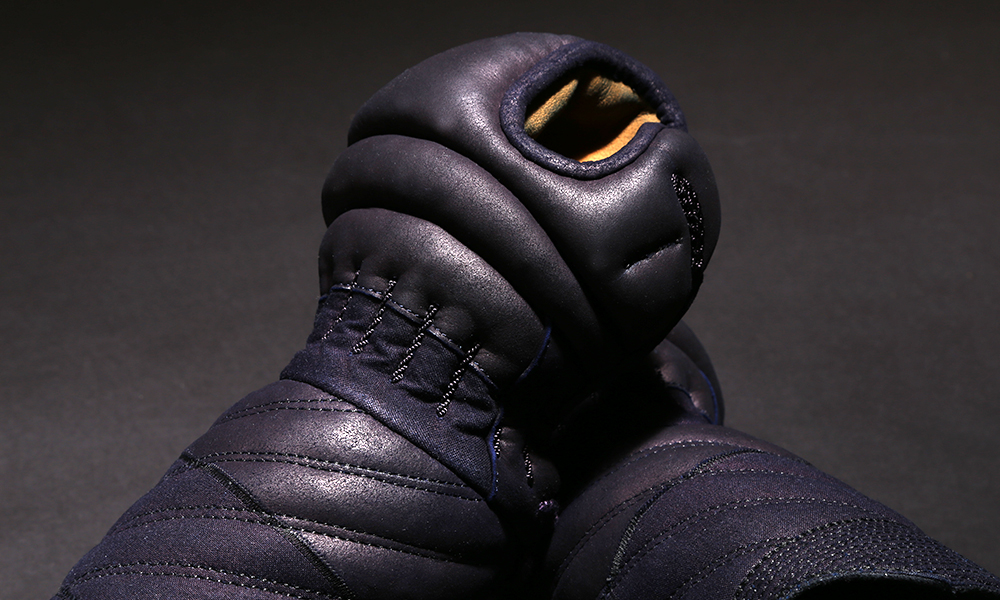
It sounds similar to how you can tell good antique products.
Exactly. If you only use substandard equipment, that will become your standard. But once you start using quality equipment, you immediately start noticing the faults of the substandard ones. Your number of years playing kendo or your dan level does not necessarily relate to how well you can evaluate equipment. You will be able to tell good equipment just by picking it up and looking at it for one second. Likewise, you can tell bad equipment just by looking at it before you even pick them up. Moreover, when you keep using substandard equipment your fit and your posture will become bad as well. Good kendo equipment fits nicely with good balance, so your footwork and shinai handling will improve too.
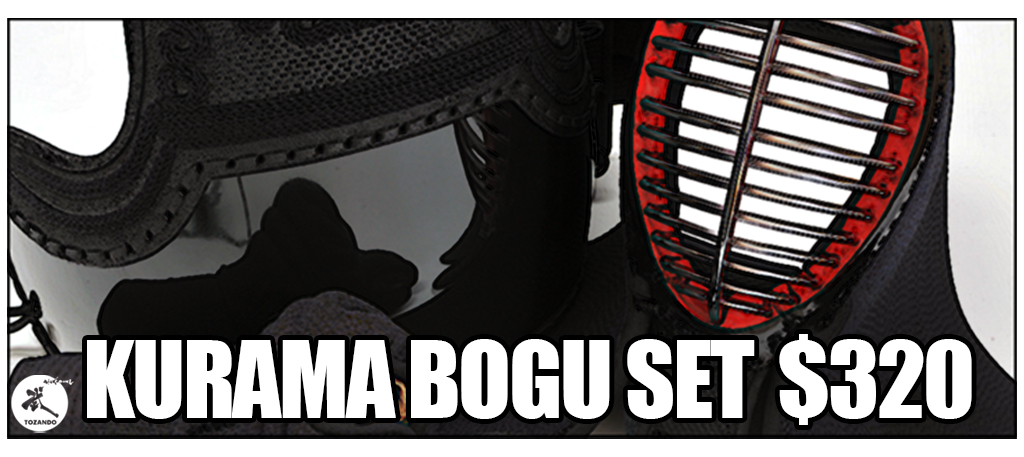
 | Did you like what you've just read? Check this out. |



